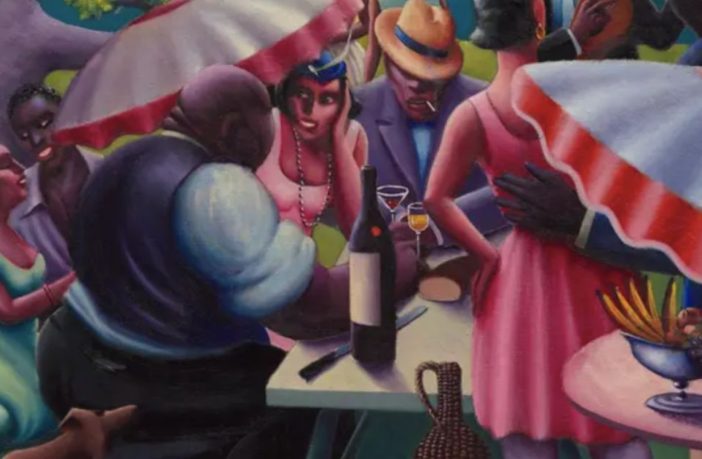The Metropolitan Museum of Art, also known as the MET, will unveil its latest collection paying homage to Black artists of the early 20th century. The Harlem Renaissance Exhibition is set to be available to attend in 2024.
The exhibition, titled “The Harlem Renaissance and Transatlantic Modernism,” will run from Feb. 25 to July 28, and is considered to be one of the most grandest displays of the period’s works. According to the New York Times, the paintings will be on loan from HBCUs nationwide, merging the pieces into the most in-depth survey for the artwork in New York City since almost 40 years ago.
Denise Murrell, the Met’s curator, detailed the museum’s excitement surrounding their latest exhibition and its historical resonance, as well as the budding conversation partnership with the schools who generously loaned the prized works.
“We want to show the full breadth of thinking,” shared the curator. “In terms of historical context, this is the first time in art history where we have a cohort of African American artists depicting modern Black life in a modern way. These artists decided to commit their artistic careers to representing modern Black life in the absence of institutional or market support.”
The famed art museums history has been muddled with the exclusion of the Black artists in its 1969 exhibition, but now attempts to correct this legacy by wholly displaying this era’s masterpieces for praise and observation within its halls. This latest attempt is spearheading New York City’s modern movement to highlight the paintings and sculptures by the Harlem Renaissance’s finest.
Quintessential pieces, such as “Woman in Blue” by William H. Johnson and sculptures by Augusta Savage, will be open to viewing within the exhibition. Murrell also described the thoughts that inspired the artists’ pieces, calling it a “radical modernity” to focus on the everyday lives of those marginalized,
“Becoming painters of modern life within their own communities was key to what the Harlem artists were attempting. It was an act of radical modernity, for example, to make portraits of an elder Black woman who would have been born into enslavement. And to make them in such a dignified way — those images simply did not exist in previous periods.”



